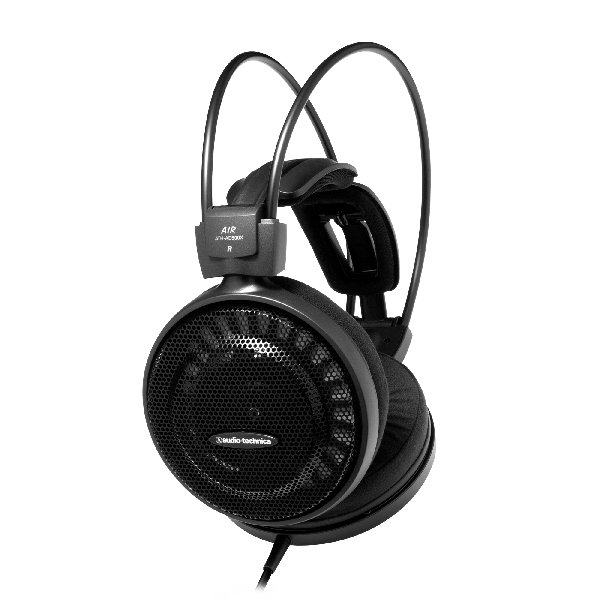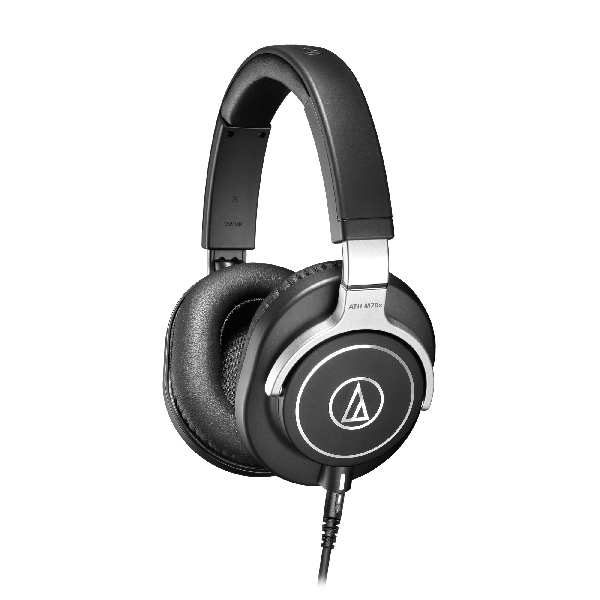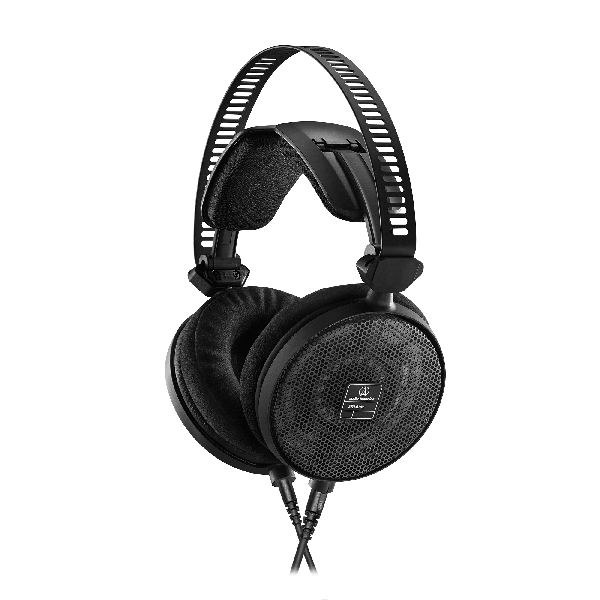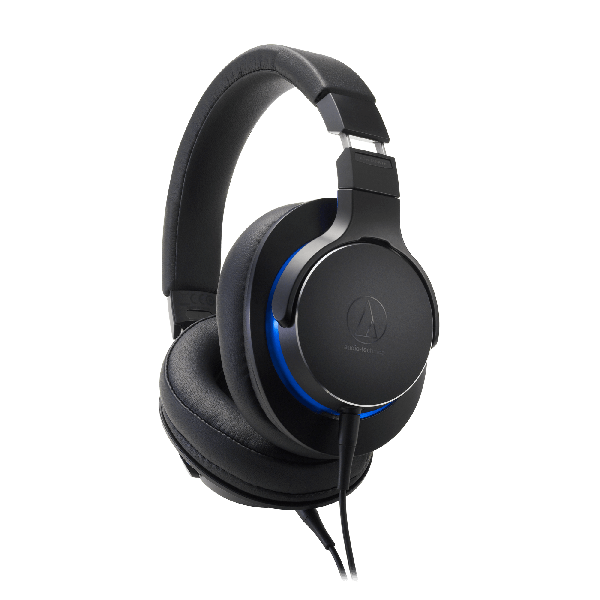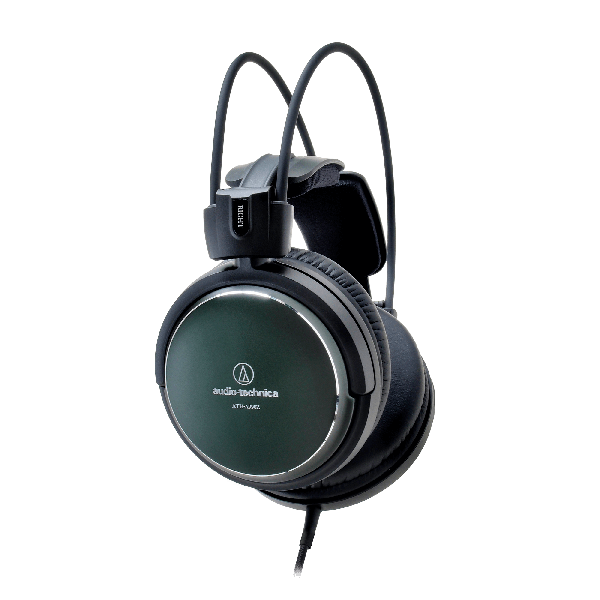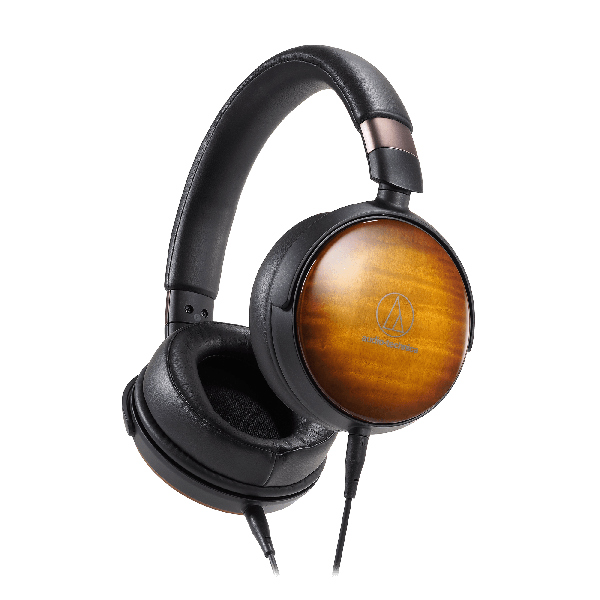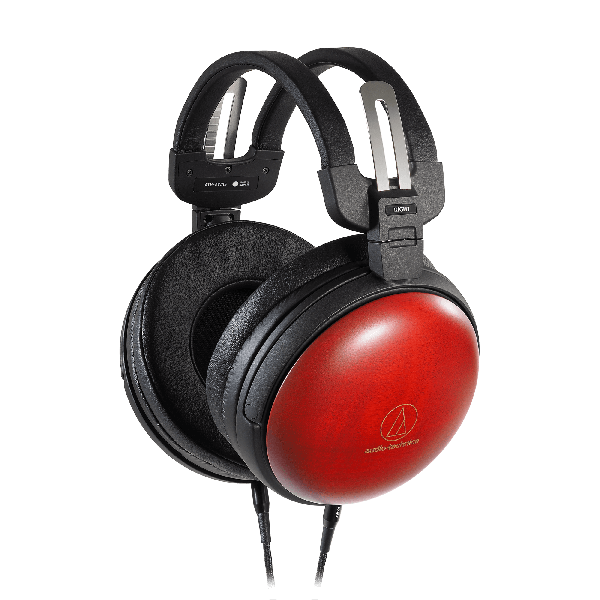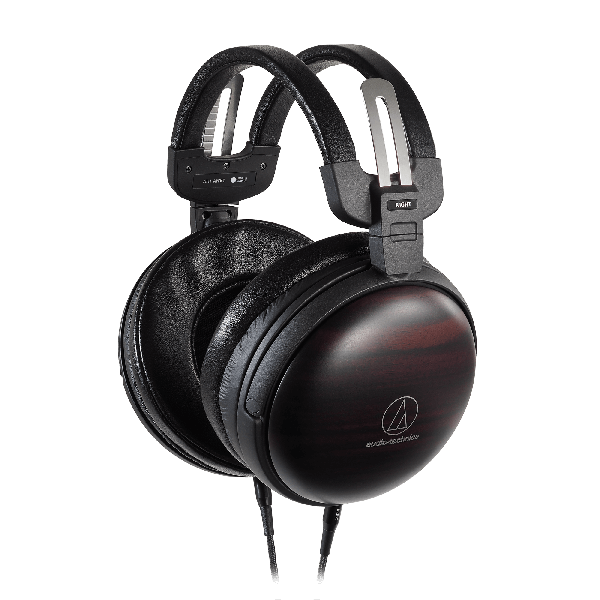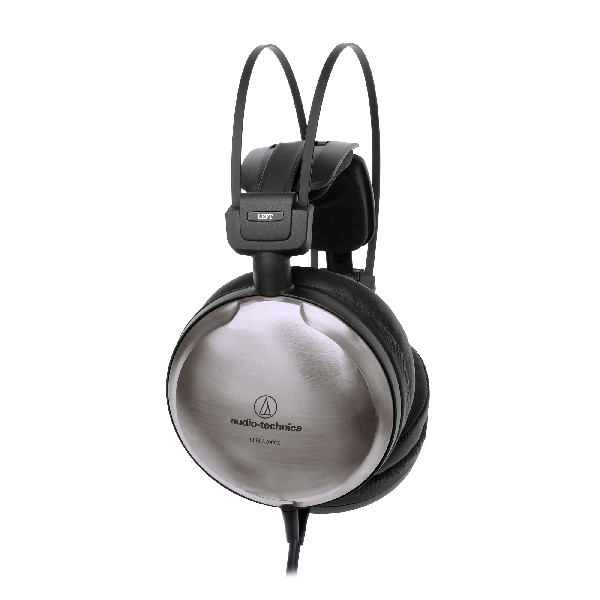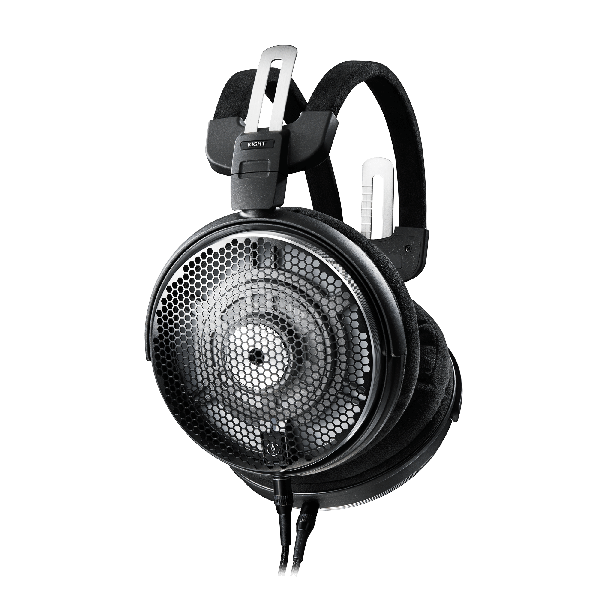Breaking-in New Headphones. How to burn in headphones (and is it necessary?).
When contemplating the practice of ‘breaking-in headphones’, or ‘headphone burn-in’, you’ll naturally encounter articles and opinion pieces questioning the legitimacy of the ritual. We’ll start by acknowledging: this process is not for everyone; you may not hear any difference. However, as with all arts, there are delightful subtleties to this ritual that can provide comfort for discerning audiophiles.
Essentially, this process is enabling the drivers to warm-up and move with your music. The end result can be subtle but if you take music seriously, this can be the difference between mediocracy and excellence.
Dynamic music
Connect your headphones to your chosen device (e.g. your amplifier or portable audio player), select an album or playlist that covers a range of frequencies - jazz or rock tend to be reliable genres for this test. If possible, depending on the flexibility of your earcups, we’d suggest placing the earcups of your headphones down on a flat surface before pressing play (please note that not all headphones have this capability). Play your breaking-in soundtrack at a medium-to-high volume.
10 hours
We’d recommend running your headphones in for an initial 10 hours to begin with, after this, select a testing track or album to monitor their performance. We always try and test headphones with the same selection of songs for an accurate comparison -Miles Davis – Kind of Blue is the album of choice for our hi-fi expert, Clive Atkins. Hiromichi Ozawa, manager of headphone research and development at Audio-Technica, opts for Mozart’s piano sonatas, played by Ingrid Haebler.
+5 hours
If you find the initial 10 hours weren’t sufficient, we’d recommend running-in your headphones for another 5 hours and then testing them again. Repeat this pattern until you’re satisfied with the output.
Your choice of music is just as important as your headphones during this process. If you select well mastered records, then you’re more likely to be able to hear the subtleties that were meticulously layered in the studio. You’ll need hi-res music files, e.g. WAV, FLAC files or a subscription to a streaming service offering a hi-res music experience. In addition, we’d suggest investing in a headphone amplifier to truly get the most out of your headphones.
Conclusion
Again, this process may not be for everyone; you could get just as much enjoyment from your headphones straight out of the box. However, there is something soothing about this slow, gradual process and we applaud any rituals dedicated to the perpetual quest of pure sounding audio.
